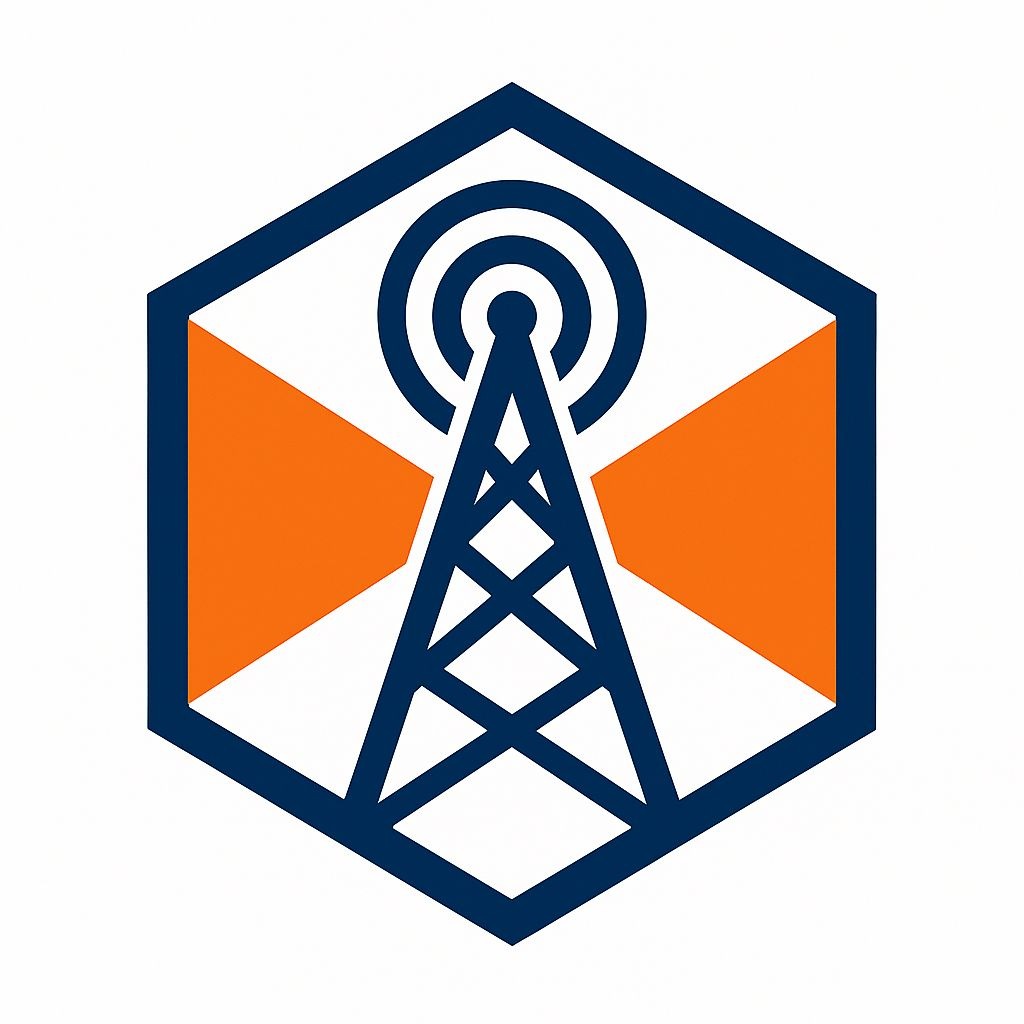
Understanding the FTC's Silent Shift on AI Regulation
The recent removal of several key blog posts from the Federal Trade Commission (FTC) during Lina Khan's tenure raises important questions about the future of artificial intelligence (AI) regulation in the United States. These deleted posts, primarily advocating for open-source AI and highlighting consumer risks, come at a time when technological advancements present new opportunities and challenges. As parents and families, staying informed about these regulatory changes can have significant implications for AI's integration into our daily lives.
What Posts Were Removed?
Among the notable deletions was a July 2024 blog titled "On Open-Weights Foundation Models," which promoted a more accessible approach to AI development. This blog argued for a shift to "open-weight" models—models that publicly share their training data to foster innovation by smaller companies. Another blog post from October 2023 expressed concerns about consumer risks related to AI, warning of issues such as commercial surveillance and discrimination. The removals have been attributed to a broader shift in the FTC's regulatory stance under newly appointed Chair Andrew Ferguson, which contrasts sharply with Khan's advocacy for consumer protection and innovation.
A Warning Sign for Safety and Innovation?
For families, this shift exemplifies a critical conversation about the balance between fostering innovation and ensuring safety. The Trump administration’s removal of these blog posts suggests a regulatory environment more aligned with alleviating restrictions on AI development. This change raises concerns not only about consumer safety, as highlighted by the deleted warnings, but also about the future development of ethical AI practices that could impact fairness and accountability in technology.
The Broader Implications for Consumers
As consumers, understanding the implications of these deletions reveals a burgeoning gap between regulatory practices and industry standards. With the FTC's removal of important consumer guidance, tech companies may face fewer constraints, raising fears of potential misuse of AI technologies that directly affect families. The disconnect between supportive government policies for open-source models and the erasure of prior guidance may send mixed signals to both consumers and businesses, potentially threatening public trust in AI systems.
Calls for Transparency Amid Regulatory Changes
The erasure of blog posts also poses legal implications under the Federal Records Act, which mandates the preservation of government documentation. Observers have raised concerns that these deletions reflect an intentional attempt to revise history, limiting public access to critical safety information. Ensuring effective regulation and transparency is crucial as families navigate a landscape increasingly populated by AI tools.
Looking Ahead: Families and AI
As technology continues to evolve rapidly, families must remain proactive in understanding the regulatory environment shaping these innovations. Open discussions about AI's implications for consumer safety and rights will be crucial in influencing future policymaking. Engaging with community discussions, advocating for transparency, and voicing concerns to policymakers can empower families to help shape a more responsible technological landscape.
The recent dismantling of FTC AI posts signals not only a change in leadership’s priorities but also invites families to reflect on how the technology that increasingly shapes our lives should be regulated. Staying informed and engaged is essential for safeguarding consumer interests in this rapidly changing environment.
 Add Row
Add Row  Add
Add 




Write A Comment